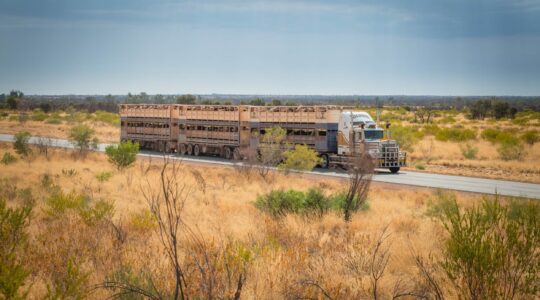An extra 400MW of gas-fired power generation is part of a new 10-year energy plan for Queensland.
State Treasurer and Energy Minister David Janetzki said the Energy Roadmap, released today (October 10), aimed to reduce energy costs by $26 billion between now and 2035.
Treasurer Janetzki said the plan provided clarity for the future of coal and gas, and support for private sector investment in renewables and firming projects.
“By improving Queensland’s existing energy assets while building what is needed for the future, the Government is putting downward pressure on energy prices, optimising investment to respect taxpayer money and boosting private sector investment in new generation.”
He said the plans included a $400 million Queensland Energy Investment Fund and Queensland Investment Corporation’s (QIC) new Investor Gateway to drive private sector investment in new energy generation and firming projects, as well as a $1.6 billion Electricity Maintenance Guarantee to improve current energy assets.
“This is an economic solution that places downward pressure on prices for households, businesses, and industry, while ensuring developers have the confidence to plan for the future.”
Treasurer Janetzki said, under the roadmap, a tender would be released for 400MW of new gas-fired generation in Central Queensland and the management of future pumped hydro proposals would be consolidated by QIC to provide a a consistent approach to assessment and investment.
He said a clear decision-making framework would be put in place for the operation of state-owned coal assets, balancing system needs, asset integrity, and economic viability.
“Queensland’s coal-fired fleet is the youngest in the country and state-owned coal generators will continue to operate for as long as they are needed in the system and supported by the market.”
Treasurer Janetzki said $10 million of new investment would be made into community level batteries for greater solar storage and to help manage minimum system load, while Regional Energy Hubs would be established to put downward pressure on development costs.








